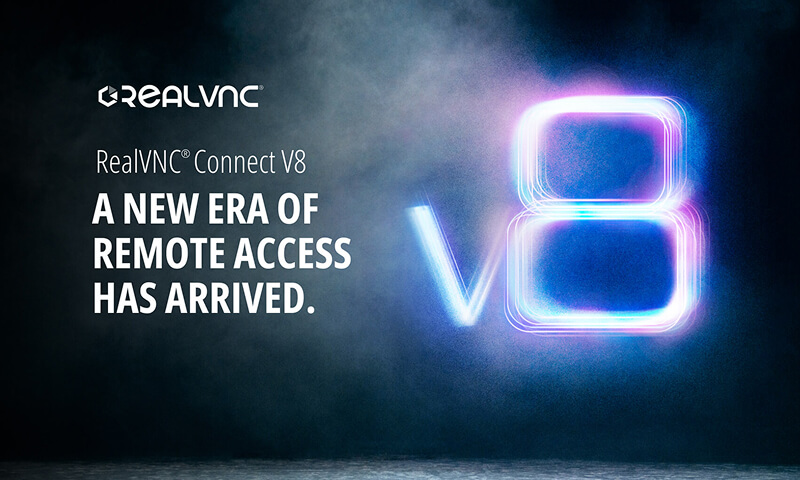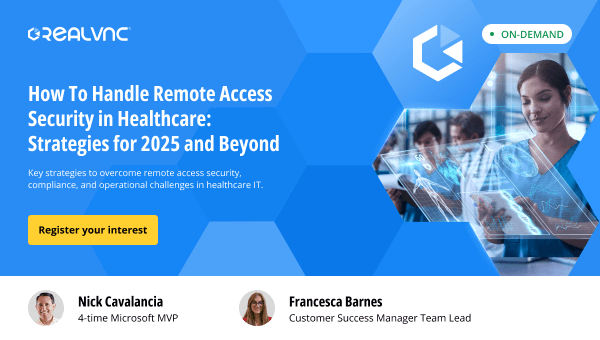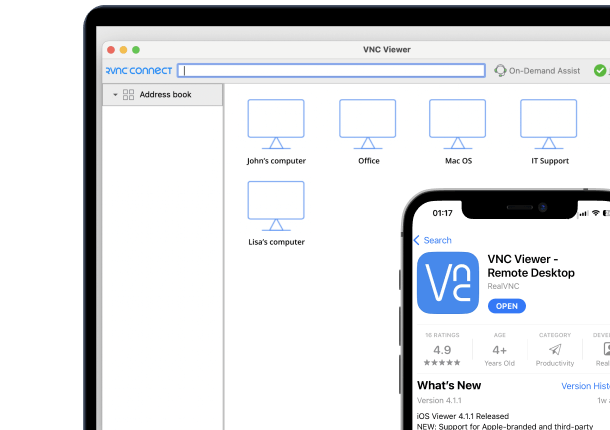We discussed what you need to have in mind when approaching remote access integration in Medical Device Manufacturing. This article rounds up all the advice in a handy last, which you can easily print for safekeeping.
Your medical equipment is designed to save lives and improve healthcare outcomes. Remote access integration makes it much easier to use, support and upgrade. But it can also, if not done correctly, open the door to a number of security nightmares. This series of articles has given you a number of things to look at when integrating remote access in medical device manufacturing. Today, we’ll look at the ten main pillars in short. You can always go back to the articles for more details on each one of these. Also, you can download a printable, extended version of the Secure Remote Access checklist on the dedicated landing page, here.
Now, let’s take a short look at each one.
1. Encryption
This is your first line of defence. Encryption protects sensitive data both in transition and at rest, which helps prevent unauthorized access or interception. This is essential, as it helps protect privacy and compliance. Find out more about what you should keep in mind here, in part 1.
2. Strong Authentication & Access Controls
Robust authentication and access control make sure that a specific resource is only accessed by those who are authorized. Essentially, only those that need the access get the key to the door, so certain data is only accessible to the right people. More about authentication and access controls here.
3. Audit Trails and Monitoring
You need to always be able to know, if something goes wrong, who is accountable. You need to be able to go back to a security event and see what exactly it was that went wrong and who accessed a specific resource. More about audit trails and monitoring here.
4. Secure Firmware and Software Updates
You always need to make sure that updates come from where they say they come from. Best practices for this include digitally signing and verifying updates, to certify their source. More about this in the second article in the series, here.
5. Network Security
A rule of thumb here is to Integrate a remote access solution that doesn’t open unnecessary inbound firewall ports. More about network security here.
6. Robust Incident Response
Being prepared in case an incident does happen is essential. A robust response will mean that the damage will be as close to minimal as possible. Find out more here.
7. Compliance with Regulatory Standards
Some of the most rigorous safety and privacy regulations pertain to healthcare and failing to comply could be a disaster, for both you and your customers. More about complying with standards in part three of this series.
8. Device Security by Design
The best place to think of security is at the design stage, therefore security measures would need to be incorporated throughout the product lifecycle. More on this in part 3.
9. Supply Chain and Infrastructure Security
You need to ensure that those suppliers aren’t responsible for introducing vulnerabilities into the product. More about supply chain and infrastructure here.
10 Continuous Security Education and Awareness
Educate your workforce constantly about evolving threats and best practices, as people are often the weakest link in the security chain. More about this here.
Find Out More!
This series should help you improve your security stance, but if you want to find out more about remote access integration, two good places to start are our remote access integration playbook, which you can download for free here, as well as the dedicated OEM and SDK integration website. Also, don’t forget to check out our Remote Access Redefined Podcast for some great integration insights from RealVNC and our customers.
